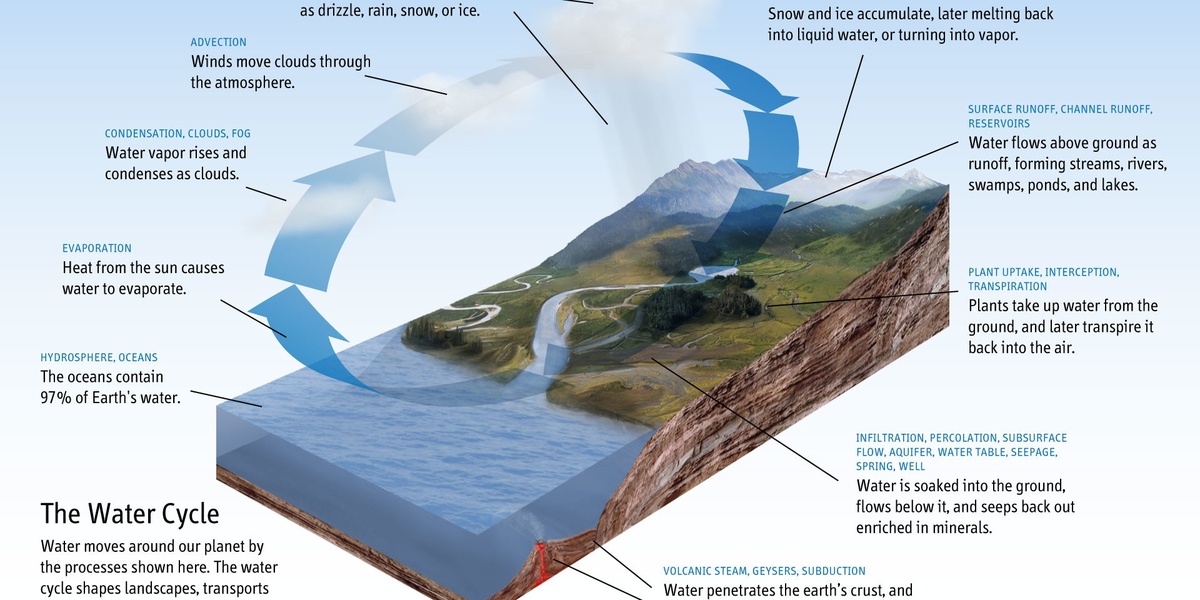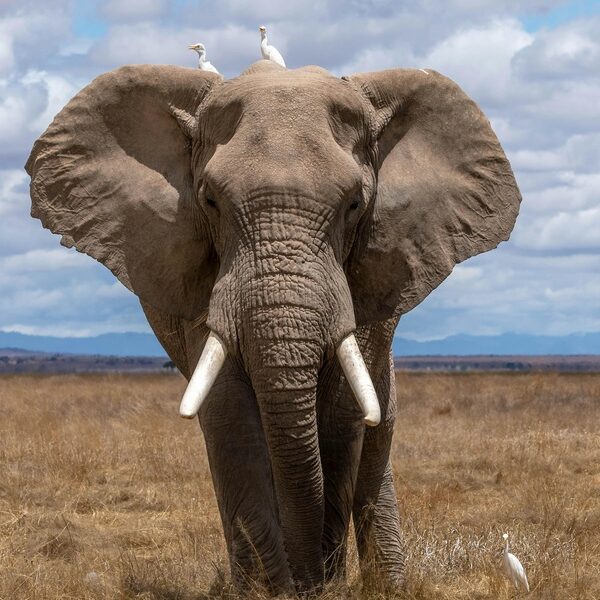8 Facts About the Water Cycle
In the 17th century, French scientist Pierre Perrault measured a river’s flow and proved that rain falling over land could account for river discharge—one of the first experimental confirmations of the water cycle. Perrault’s simple measurement changed how people thought about water as a moving system, not a static supply.
The water cycle quietly powers climate, ecosystems, and human life: it distributes heat, delivers freshwater where and when life needs it, and underpins food production and cities. The cycle is resilient in many ways, but also vulnerable to pollution, overuse, and a warming world.
This piece lays out eight clear facts—grouped into core processes, the cycle’s role for climate and ecosystems, and the human uses and vulnerabilities tied to it. We’ll start with the physical steps that move water, then look at how that movement shapes weather and life, and finish with what people take from and can do for the cycle.
Onward to the basics of how water keeps circulating.
Core Processes of the Water Cycle
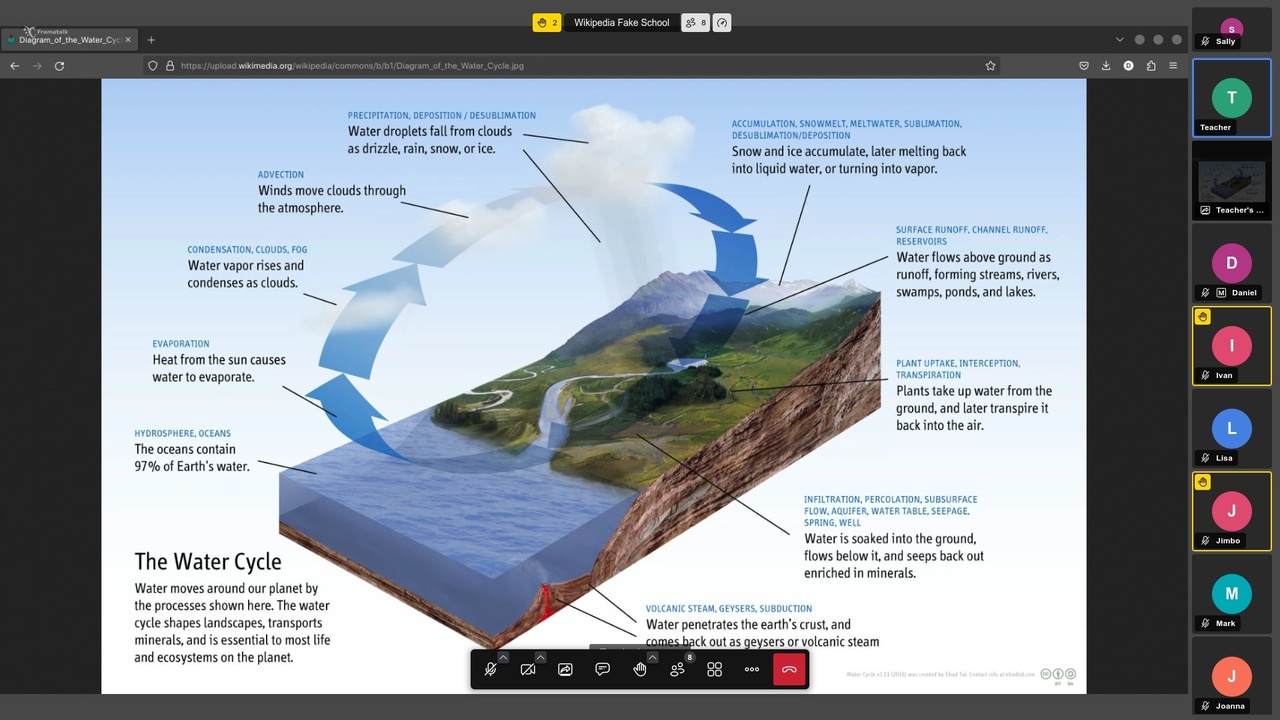
Three physical processes shuttle water through the system: evaporation and transpiration lift liquid to vapor, condensation builds clouds, and precipitation plus runoff return water to the surface. These processes are tightly linked and fast-moving—the atmosphere holds vapor only briefly, with a typical residence time of about nine days—so the cycle responds quickly to energy and moisture changes.
1. Evaporation and Transpiration: The cycle starts with upward movement
Evaporation (from oceans, lakes, and soils) and transpiration (from plants) convert liquid water into vapor, sending it skyward. Oceans dominate: roughly 86% of global evaporation comes from the sea, with the remaining share from land surfaces and vegetation.
Plants play a surprisingly large role. The Amazon rainforest, for example, recycles vast volumes of water through transpiration that help sustain regional rainfall patterns during the year.
Turning liquid into vapor requires energy—the latent heat of vaporization is about 2.26 megajoules per kilogram (2.26 MJ/kg). That energy transfer links the hydrologic cycle to climate: moving water upward cools surfaces and stores heat in the atmosphere. Practically, evapotranspiration estimates guide irrigation scheduling so farmers apply water when and where crops actually lose it, improving efficiency.
2. Condensation and Clouds: Tiny droplets, big effects
Condensation turns vapor back into liquid or ice, forming clouds and fog. It usually needs cooling and tiny particles—called aerosols—to act as nuclei where droplets can grow.
Cloud microphysics matter: droplet size, aerosol concentration, and temperature determine whether a cloud produces light drizzle or heavy rain. Remember, atmospheric water vapor turns over quickly—around nine days on average—so cloud formation and dissipation are very dynamic.
People have tried to modify clouds—cloud seeding is one example—but results vary because aerosols and temperature profiles control outcomes. Recent wildfire smoke events have shown how extra aerosols can either suppress rainfall by creating many tiny droplets that don’t coalesce, or enhance it in other conditions. That sensitivity is why clouds remain both a practical and scientific focus.
3. Precipitation and Runoff: Where vapor returns to land and sea
Precipitation returns water as rain, snow, sleet, or hail. Where that water lands determines its fate: some infiltrates and recharges groundwater, some is taken up by plants, and some runs off the surface into streams and rivers.
About 71% of Earth’s surface is covered by water—mostly oceans—so much of the planet’s precipitation falls at sea, not on land. Precipitation distribution is highly uneven in space and time; some regions receive regular, abundant rains, while others go long stretches with very little.
Infiltration versus runoff controls river flows and aquifer recharge. Urban areas with lots of pavement produce rapid runoff and higher flood peaks, which is why stormwater systems and watershed management (like engineered retention basins and permeable pavements) are designed to slow water, reduce peak flows, and encourage recharge.
How the Water Cycle Shapes Climate and Ecosystems
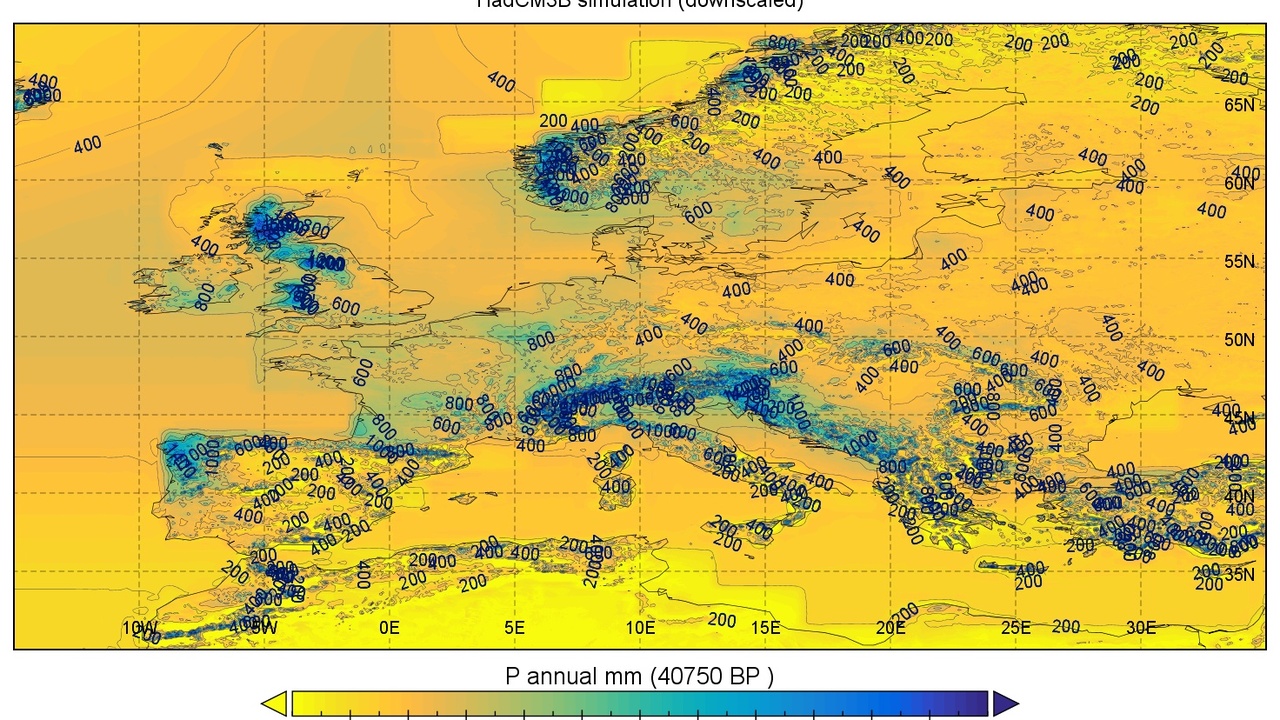
Beyond moving H2O, the cycle redistributes heat and nutrients. Evaporation and condensation transport latent heat (about 2.26 MJ/kg when water vaporizes), which helps moderate temperatures and drives large-scale weather patterns. Freshwater is also scarce: roughly 97% of global water is salty, 2.5% is freshwater, and only about 0.3% of total water resides in accessible lakes and rivers—making timing and location of fresh water crucial for ecosystems.
4. Climate Regulation: Water moves heat around the planet
Evaporation removes heat from the surface and condensation releases it aloft—this latent heat transport is a major way the planet moves energy. That mechanism moderates temperatures regionally and globally.
Oceans are central: large-scale evaporation and subsequent atmospheric transport of moisture help keep coastal climates milder than inland areas. For instance, coastal cities like San Francisco experience far smaller winter-to-summer swings compared with interior California towns, in part due to ocean-driven heat buffering.
On shorter timescales, sea surface evaporation also fuels storms. Warm seas increase moisture availability, which can intensify cyclones and heavy rainfall events when atmospheric conditions are favorable.
5. Ecosystem Support: Freshwater is scarce but essential
Only a tiny slice of Earth’s water is easily accessible freshwater—about 0.3% sits in lakes and rivers—yet that slice supports a disproportionate share of biodiversity and human use. Many species time breeding and migration to seasonal water availability.
Floodplain forests, such as the Amazon’s varzea, rely on annual inundation for nutrient delivery and seed dispersal. Coastal upwelling and freshwater runoff influence coral reef productivity and health by changing nutrient loads and salinity profiles.
Because ecosystems depend on the timing and amount of water, even modest shifts in seasonality or volume can cascade through food webs and reduce resilience. Protecting wetlands and river connectivity often yields large biodiversity benefits for relatively small investments.
6. Weather Extremes: The same cycle fuels droughts and floods
When the distribution of moisture changes, extremes follow. Concentrated moisture delivery produces floods; when moisture withdraws, drought sets in. Warming tends to intensify these swings—wet regions often get wetter in heavy events, while dry regions face deeper deficits.
Recent multi-year droughts in the western United States have stressed agriculture, hydropower, and ecosystems. At the same time, many mid-latitude areas have seen increases in heavy-precipitation events that overwhelm stormwater systems and cause flash floods.
Practical responses include floodplain planning that allows rivers room to spread, and drought contingency measures for agriculture and cities. Both approaches accept that extremes are part of how the cycle responds to shifting climate and land use.
Human Uses, Management, and Vulnerabilities
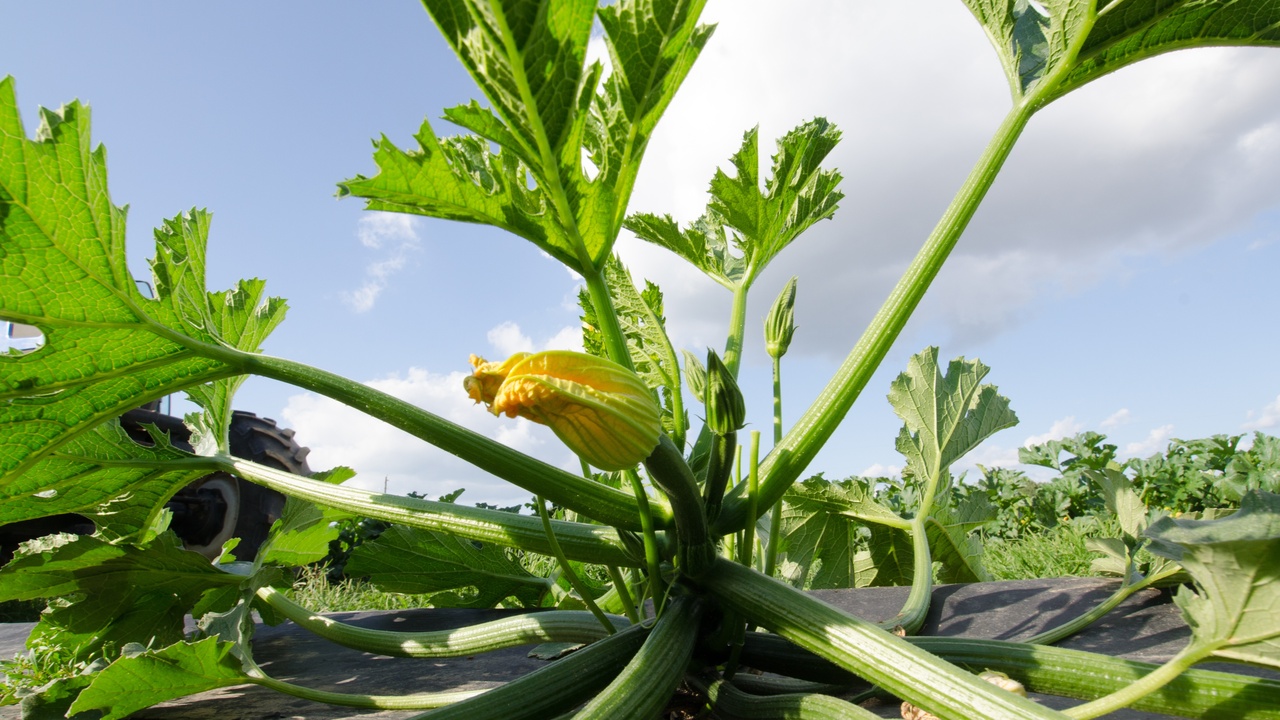
People tap the cycle for food, energy, and cities, but our actions also change timing, quantity, and quality of flows. Globally, roughly 70% of freshwater withdrawals are for agriculture, about 20% for industry, and roughly 10% for municipal uses. Those proportions shape where interventions make the biggest difference.
7. Water for People: Agriculture, industry, and cities rely on the cycle
About 70% of global freshwater withdrawals go to agriculture, making crop water needs the main driver of demand. The timing of precipitation and runoff determines planting schedules, irrigation needs, and water available for hydropower generation.
Technology helps: drip irrigation and precision scheduling can cut water use substantially—often by 20–50% on specific farms—while reservoirs smooth seasonal flows to meet irrigation and power needs. Hydropower is most reliable when runoff patterns are predictable, so shifts in snowmelt timing or rainfall seasonality complicate energy planning.
Smart management blends demand-side efficiency with supply-side flexibility: better irrigation, water-saving crops, and coordinated reservoir operations reduce strain on the system.
8. Vulnerabilities: Pollution, overuse, and a changing climate
Human activity can degrade the cycle’s benefits. Agricultural runoff and industrial discharge pollute surface and groundwater. In some regions groundwater withdrawal has caused dramatic declines—for example, parts of the High Plains (Ogallala) Aquifer have dropped by more than 100 feet in localized areas.
Warming shifts snowmelt earlier in the year, alters runoff timing, and can extend dry seasons. That’s why management responses matter: Israel’s wastewater reuse program (recycling roughly 90% of its wastewater) shows how reuse reduces pressure on scarce supplies.
Other tools include river basin compacts, improved irrigation practices, and nature-based solutions such as wetland restoration to improve water quality and store floodwaters. Integrated water management that combines these approaches lowers vulnerability while supporting communities and ecosystems.
Summary
- Only a sliver of Earth’s water is easily accessible freshwater—about 0.3%—so timing and location matter as much as volume.
- The atmosphere cycles water quickly (roughly a nine-day residence time for vapor), making the system responsive to short-term changes in heat and moisture.
- Evaporation and condensation move large amounts of energy (latent heat ≈ 2.26 MJ/kg), which helps regulate regional climates and fuels weather systems.
- Humans withdraw most freshwater for agriculture (~70%), and mismanagement—pollution or over-extraction—can create long-term damage (Ogallala declines >100 feet in places).
- Practical steps—wastewater reuse, smarter irrigation, wetland restoration, and basin-scale planning—reduce vulnerability and keep the cycle working for people and nature; support local water-smart infrastructure or reuse programs to make a measurable difference.
